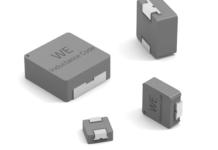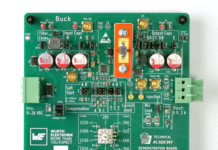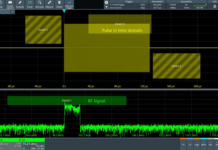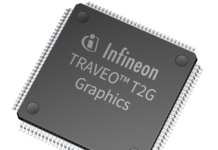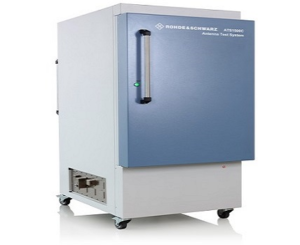
At productronica 2019 in Munich, Rohde & Schwarz provided an early preview of its new solution for testing state-of-the-art, next generation automotive radar sensors.
The test system consists of the new, compact R&S ATS1500C automotive radar test chamber for far-field testing, in combination with the R&S AREG100A automotive radar echo generator for precise radar target simulation at various distances.
Together, they form a unique and innovative indirect far-field testing solution for reliable and reproducible verification of radar sensors throughout the R&D and validation phase in a user-friendly and extremely compact lab setup. The solution enabled the precise calibration and verification of Uhnder’s new, fully integrated 4D digitally modulated automotive radar-on-chip (RoC).
The R&S ATS1500C features a high accurate compact antenna test range (CATR) reflector, generating a 30 cm diameter quiet zone for testing in the frequency range from 77 – 81 GHz. Its high-precision 3D tilt-tilt positioner permits testing of premium automotive radars. A carefully designed absorber layout eliminates ghost targets during simulation.
As an innovative startup, Uhnder is launching a unique automotive RoC, introducing new levels of performance and integration with a mission to redefine key technologies for safer ADAS driving. The new technology behind Uhnder’s 4D digitally modulated radar chip offers groundbreaking performance by integrating 192 virtual channels – a major leap from the 8 to 24 virtual channels used in today’s standard radars.
A higher number of detections per frame makes it possible to track and classify objects with a processing power of more than 20 TeraOPS, despite using less than 8 watts of power. The Uhnder RoC also pioneers high contrast resolution (HCR) technology, which provides significantly improved range and angular resolution and makes it possible to separate small radar reflectors from large reflectors in proximity. This permits a more accurate and safe reaction time than with current radar chip technology and paves the way for advanced ADAS functions for today’s vehicles and future driverless vehicles.



